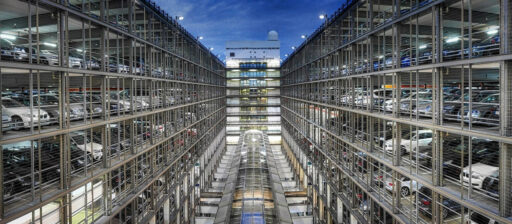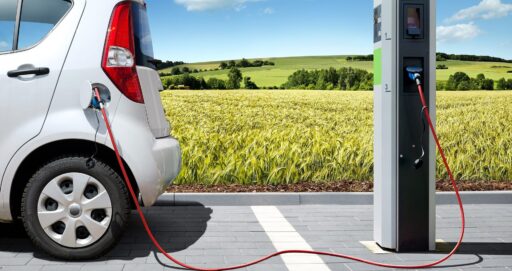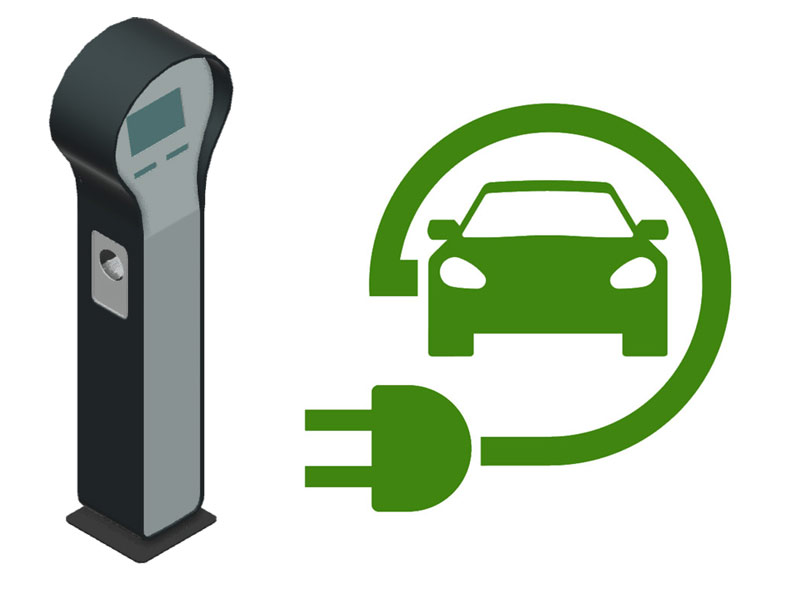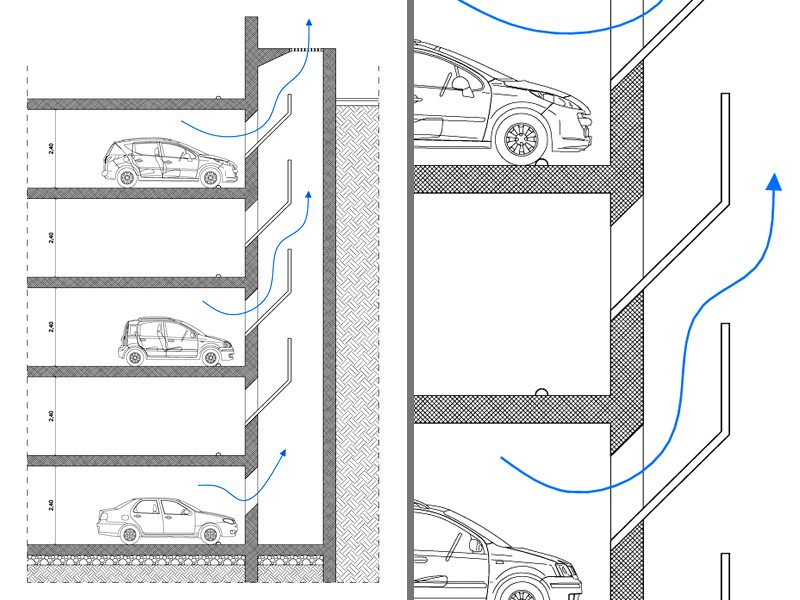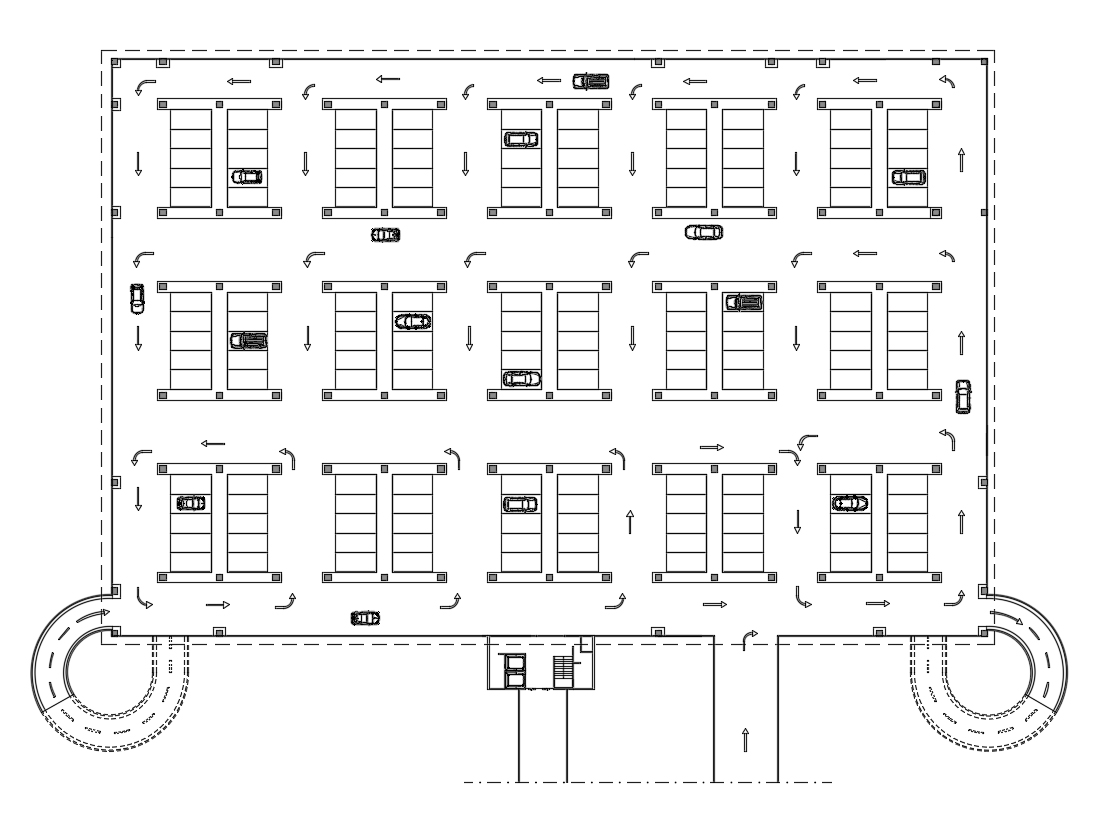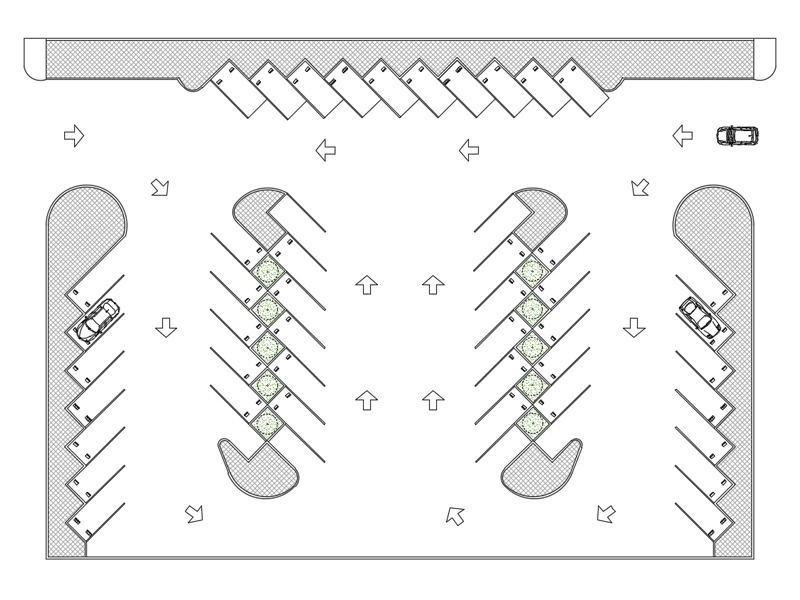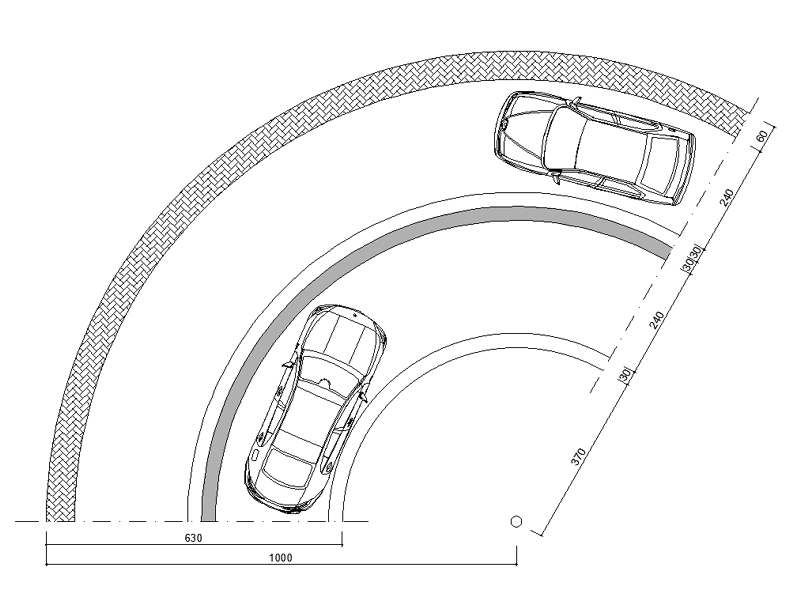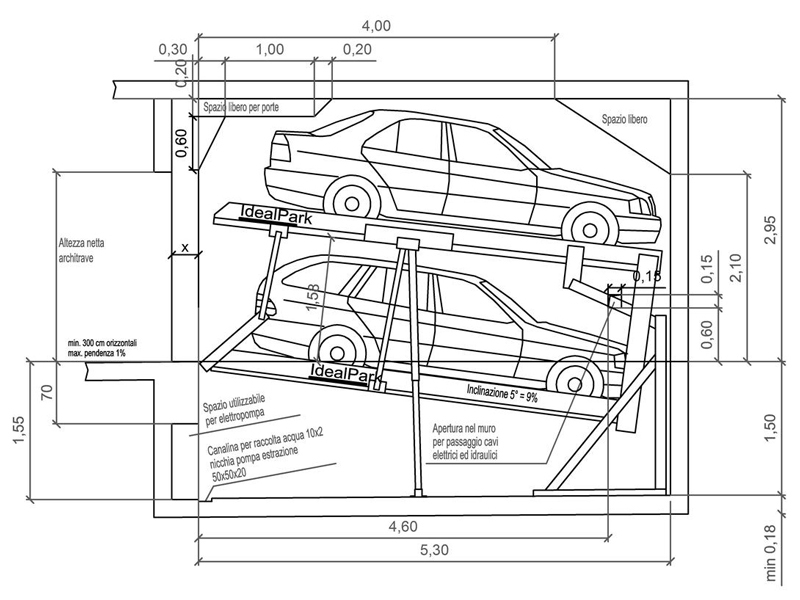Detection of parking spaces
In car parks, to make it easier to find free places

A parking space signalling system in a car park is designed to facilitate the search for free parking spaces and to improve the efficiency and organisation of the car park. This type of system can be implemented in different ways, depending on the needs and the type of car park (underground, multi-storey, open-air, etc.). Here is an overview of how it could work:
Occupancy Sensors
Parking space sensors are key devices for efficient parking management in both public and private facilities. These sensors detect the presence of a vehicle in a specific parking space and send data that can be used to notify the availability or occupancy of a space. Below are some of the most common types of sensors used for this purpose:
Ultrasonic sensors: They use high-frequency sound waves to detect the presence of a vehicle. These sensors emit a sound wave and measure the time it takes to reflect from the obstacle (in this case, the vehicle) and return. If the wave is reflected, the sensor detects that the place is occupied.
Infrared (IR) sensors: These sensors emit infrared light and measure the reflection of light on a vehicle. When a car is present, the infrared light is reflected back, indicating that the seat is occupied. There are also passive IR sensors that only detect the infrared radiation emitted by objects.
Magnetic sensors: They detect the presence of a vehicle through the magnetic field generated by the vehicle’s metal. When a car stops over the sensor, the magnetic field is altered, signalling that the place is occupied.
Pressure sensors: These work by detecting the pressure exerted by the weight of a vehicle. They are integrated into the parking surface and detect the load when a vehicle parks on top of them.
Machine vision cameras: They use the analysis of images captured by cameras to determine the presence or absence of a vehicle. These systems can be very accurate and can also identify the type of vehicle.
Radar sensors: They use radio waves to detect the presence of metal objects, such as cars. They are less common but can be used in situations where other sensors might fail, such as in adverse weather conditions.
Inductive loop sensors: These sensors are embedded in the pavement and create an electromagnetic field. When a vehicle passes over the loop, the field is interrupted, indicating the presence of the vehicle.
Each type of sensor has its advantages and disadvantages, and the choice depends on factors such as the installation environment, cost, required accuracy, and required maintenance.
LED signalling: Above each parking space, an LED indicator shows whether the space is free (green) or occupied (red). Some advanced systems use yellow lights to signal a reserved parking space or blue lights for disabled parking spaces.
Central Control System
- Central Unit: The data collected by the sensors is sent to a central control unit that monitors the entire car park. This system can be integrated with management software that tracks availability in real time.
- Monitoring and Management: The system can also manage seat reservations, monitor parking times, and provide detailed reports on parking utilisation.
Dynamic Signage
- Information panels: At the entrance to the car park and at strategic points, electronic panels show in real time the number of available spaces in different areas or levels of the car park.
- Directional Signage: Illuminated indicators or electronic signs guide motorists to areas with available spaces, reducing search time.
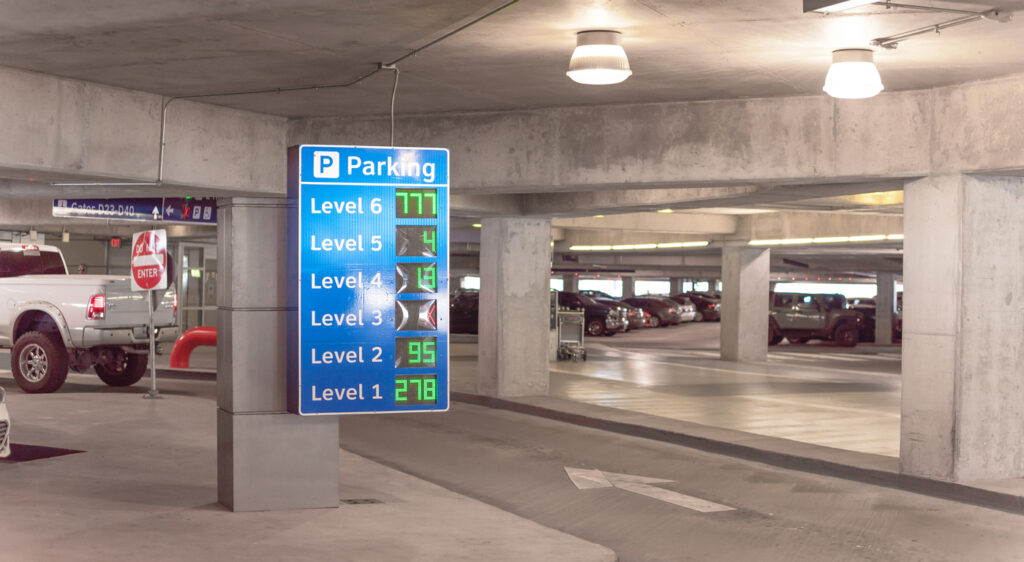
Integration with Apps and Navigation Systems
- Mobile App: A mobile application can be linked to the system, allowing users to view real-time seat availability, reserve a seat and receive precise directions to it.
- Navigation Systems: Integration with the vehicle’s navigation systems allows drivers to be guided directly to the nearest free seat.
Advanced Functionality
- Fraud Detection and Prevention: The system can include surveillance cameras to monitor the car park and prevent fraud such as squatting.
- Analysis and Reporting: The management software can provide useful data to analyse parking usage patterns, improve management and optimise tariffs.
Advantages
- Reduced Search Time: Drivers find a free parking space faster, reducing stress and fuel consumption.
- Operational Efficiency: The system enables more efficient and optimised parking management, maximising the use of available space.
- Improved User Experience: Simplified navigation and easy access to parking information improve the overall user experience.
These systems, depending on the level of sophistication, can be expensive to implement, but the long-term benefits in terms of efficiency, user satisfaction and optimised parking management often justify the investment.
Slide photos from depositphotos.com courtesy of respective authors
The author of the cover image is: @ giggswalk su depositos.com

































































